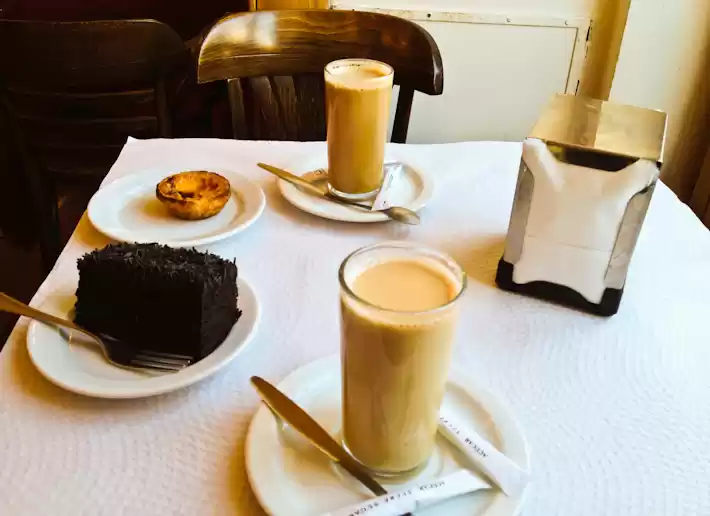Madeira Tourism and Travel Guide
Madeira (/məˈdɪərə/ mə-DEER-ə or /məˈdɛərə/ mə-DAIR-ə; Portuguese: [mɐˈðejɾɐ] or [mɐˈðɐjɾɐ]) is a Portuguese archipelago located in the north Atlantic Ocean, west and slightly south of Portugal. Its total population was estimated in 2011 at 267,785. The capital of Madeira is Funchal on the main island's south coast.It is just under 400 kilometres (250 mi) north of Tenerife, Canary Islands. Since 1976, the archipelago has been one of the two Autonomous regions of Portugal (the other being the Azores, located to the northwest). It includes the islands of Madeira, Porto Santo, and the Desertas, administered together with the separate archipelago of the Savage Islands. It is an outermost region of the European Union.Madeira was claimed by Portuguese sailors in the service of Prince Henry the Navigator in 1419 and settled after 1420. The archipelago is considered to be the first territorial discovery of the exploratory period of the Portuguese Age of Discovery, which extended from 1415 to 1542.Its southerly marine position renders the warmest year-round subtropical climate in Portugal, with winters being extremely mild and summers long but with relatively modest heat. Funchal's average high throughout the year is between 19 °C (66 °F) and 26 °C (79 °F). Overnight lows remain very mild all year. Being of volcanic origin, the topography is extremely rugged, but communications are maintained through an extensive network of road tunnels and mountain roads.Today, it is a popular year-round resort, being visited every year by about one million tourists. The region is noted for its Madeira wine, gastronomy, historical and cultural value, its endemic flora and fauna, landscapes (Laurel forest) which are classified as a UNESCO World Heritage Site and embroidery artisans. Its annual New Year celebrations feature the largest fireworks show in the world, as officially recognised by Guinness World Records in 2006. The main harbour in Funchal is the leading Portuguese port in cruise liner dockings, being an important stopover for commercial and trans-Atlantic passenger cruises between Europe, the Caribbean and North Africa. Madeira is the second richest region of Portugal by GDP per capita, being only surpassed by Lisbon. http://www.ine.pt/scripts/flex_v10/Main.html Until 2002, the Portuguese escudo was used in financial transactions, and until 1910 the Portuguese real was the currency used by the monarchy of Portugal. a b 'Regiões de Portugal'. AICEP. INE, ed. (2010), Censos 2011 - Resultadas Preliminares [2011 Census - Preliminary Results] (in Portuguese), Lisbon, Portugal: Instituto Nacional de Estatística, retrieved 1 July 2011 IGP, ed. (2010), Carta Administrativa Oficial de Portugal (in Portuguese), Lisbon, Portugal: Instituto Geográfico Português, retrieved 1 July 2011 'EUROPA - Glossary - Outermost regions'. Europa.eu. 17 July 2008. Retrieved 30 July 2010. 'Funchal temperature averages 1981-2010'. IPMA. Retrieved 24 October 2015. 'Hotelaria da Madeira suaviza quebras em 2010 apesar de impacto devastador dos temporais'. presstur.com. October 2, 2011. Retrieved 16 September 2011. [1] Archived 23 July 2015 at the Wayback Machine 'A Guinness World Record Fireworks Show – Madeira Island, 2006-2007 New Year Eve at Wayfaring Travel Guide'. Wayfaring.info. Retrieved 16 September 2011. 'Madeira welcomes most cruisers'. The Portugal News. Retrieved 12 March 2013. http://ec.europa.eu/eurostat/help/new-eurostat-website


